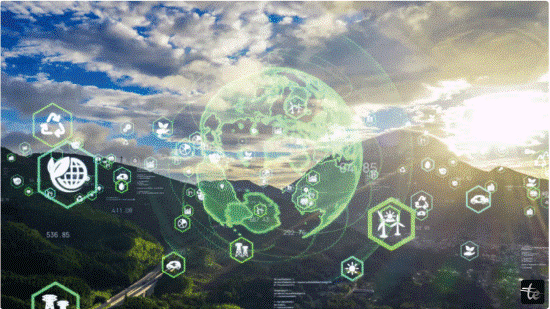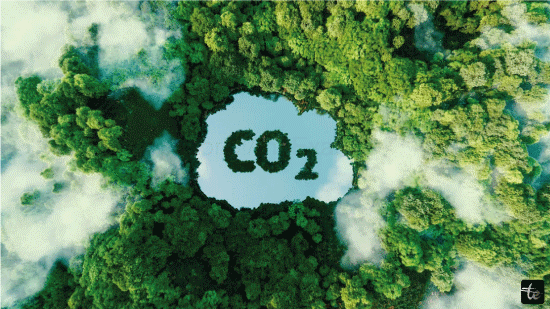Green Cloud Computing and its Strategies
Cloud engineers frequently discuss energy efficiency in cloud computing. But, how exactly are businesses and institutions incorporating sustainability into their cloud networks? Below, we'll explore a few examples. Sustainability and innovation go hand in hand in modern society, particularly in the realm of cloud technology. But, how can experts and decision-makers effectively implement energy-saving measures in their cloud computing operations?
This article delves into the concepts and methods within cloud computing that promote a more sustainable industry and world.

What is "green cloud computing" in specific terms?
Thinking green means prioritizing sustainability. Green cloud computing utilizes standard computing and adds strategies to reduce the environmental effect of utilizing this technology, from limiting energy consumption to reducing carbon emissions.
Is the cloud contaminated?
Is green cloud computing the obvious choice? Adopting a new strategy or system presents obstacles, just like any innovation.
Energy consumption
Green cloud computing has been demonstrated to reduce power use, but what happens if energy demand increases overall? It's basic economics: the advantages of energy efficiency are countered by increasing the supply of energy in response to higher demand.
Additionally, to fully understand, we must consider ALL energy used along the supply chain. Data center cooling and computing use an enormous amount of energy, which we must pay attention to.
Data Centers
While not all data centers prioritize sustainability, they greatly influence the promotion of eco-friendly cloud computing. Unlike traditional data centers, cloud computing offers solutions that can significantly reduce energy consumption and enhance efficiency. However, many data centers struggle with inadequate waste management practices and consume substantial amounts of energy — approximately 200 terawatt hours annually. Concerns arise regarding the disposal of equipment such as air conditioners and other gadgets when they reach the end of their lifecycle. This inactive or disposable equipment poses a threat to the overall sustainability of the facility.
Energy sources
One of the most crucial elements in enabling green cloud computing is, naturally, the kind of energy that a data center uses. Cloud providers only employ renewable energy, even if they use it in one of their locations. Identifying where energy is coming from is crucial when considering the amount of energy that data centers use, which accounts for 3% of the yearly total energy usage.
Emissions
The Greenhouse Gas Protocol states that when determining a company's emissions, including cloud providers, two types of emissions must be considered: direct and indirect.
These may include direct emissions from unoptimized data center temperature controls or indirect emissions from the production of the many tools and equipment utilized across the supply chain. When combined, data centers can account for as much as 0.3% of annual carbon emissions!
Organizing cloud computing technologies with low energy consumption

Various approaches exist to counteract the rise in energy usage resulting from the proliferation of cloud services, as per an investigation carried out by the European Commission on energy-efficient cloud computing.
Increase awareness
Unlike transportation, food production, or buildings, cloud computing's energy use and resulting CO2 emissions are not prominently featured in the public's impression of clean technologies. We do not physically see the cloud every day.
Businesses should make available their estimations of how cloud computing affects the environment in order to raise awareness of this problem among the general public, institutions, organizations, and research community. Those having more expertise with clouds, such as providers, businesses, academic institutions, and policymakers, ought to concentrate on funding research and training in order to promote the development and use of energy-efficient procedures and technologies.
Setting standards
Collaboration can only be facilitated by creating and implementing universal standards. Companies can better understand the energy use of cloud services by implementing innovative global measurements, including virtual smart meters.
According to the study, a code of conduct that might serve as a framework for reference for energy-efficient cloud computing should be established. Additionally, cloud providers should receive support in planning, managing, and innovating from the guidelines. For cloud service providers, even creating additional recognition labels, such as "ECO-cloud," might help advance sustainability.